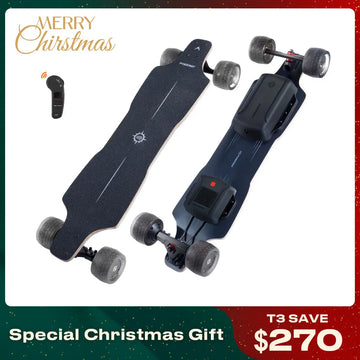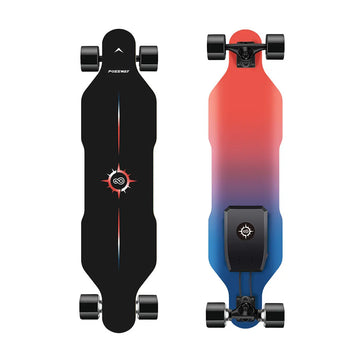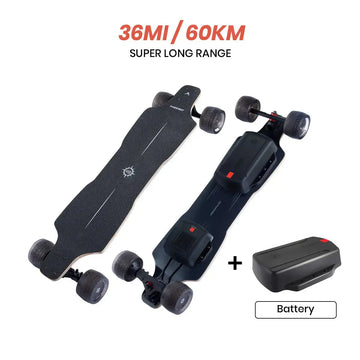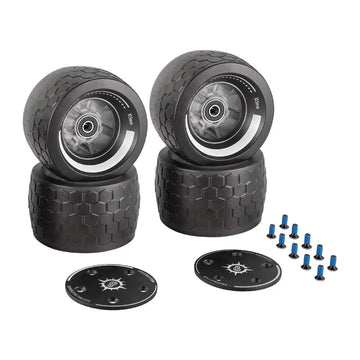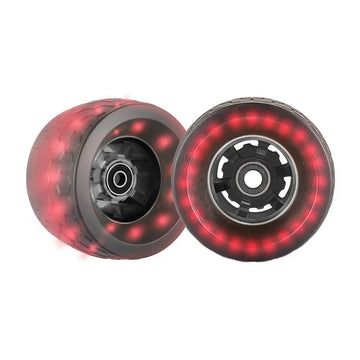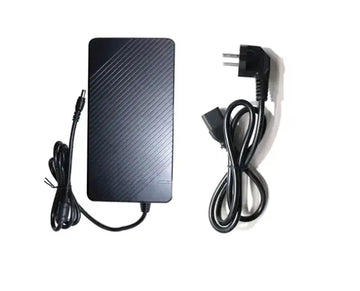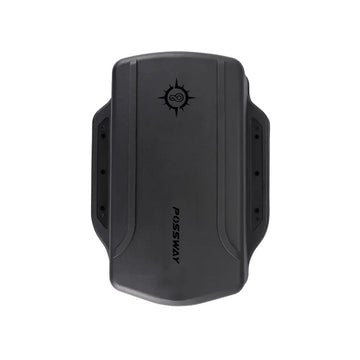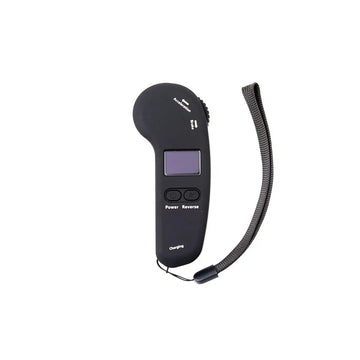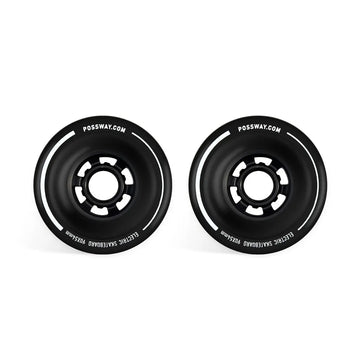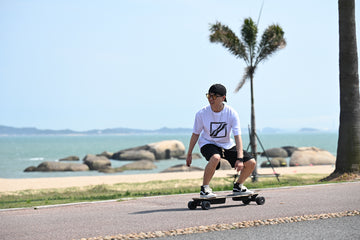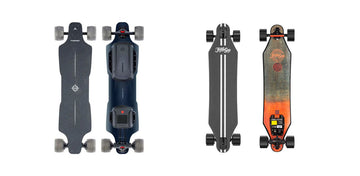Technology influences and changes people's interests and modes of transportation. Electric skateboards are a rapidly emerging technology that a rising number of people are discovering and loving. They are suitable for almost anyone and are both intriguing hobbies and a new and exciting mode of transportation. If you are tempted and considering getting an electric skateboard, understanding what you should pay attention to when acquiring one is important.
What would you like to do with an electric skateboard? For daily commute or free time hobby? For convenient transportation or an exciting journey? Here listed below are 5 things you need to note when purchasing an electric skateboard.

1. Range and Top Speed
Whether for commuting or being a pleasure-time hobby, speed and range are always the most important factor to consider when choosing electric skateboards, and they are determined by the power of the motor and the capacity of the battery used in the skateboards. Usually, the higher the top speed and range, the better. However, it's not always the case.
Electric skateboards with a relatively low speed and range are generally more lightweight and portable. Low-range and speed skateboards also have a much lower price. For beginners, high-speed electric skateboards can be very dangerous, so a low-speed skateboard is sometimes a better option. Hence, if you do not need a super long range for commuting or are a super novice in skateboarding, low-range and speed electric skateboards like Possway V4 Pro are the better choice for you.
2. Motor
There are mainly two types of motors for electric skateboards in the market: hub motor and belt motor. Hub drive motors produce less noise, need less maintenance, and have less lag. Electric skateboards use hub motors that can be ridden just like traditional skateboards.
Belt drive motors can accelerate more quickly thanks to having higher torque. They have better climbing abilities and are usually the only choice for off-road boards. It will be hard to ride electric skateboards that use belt motors like traditional ones as the friction is too much.
3. Size of Wheels
In terms of wheel size, we usually provide three options: 83mm wheels, 90mm wheels and 105mm wheels. Smaller wheels, such as 83mm wheels and 90mm wheels, provide a lower top speed but greater acceleration and torque. They are also easier to maneuver, hence better for tricks. Larger wheels, such as 105mm wheels, give a more pleasant ride and are ideal for a wider range of terrains. Smaller wheels are preferable if you mainly commute on well-paved city roads; if you must ride on rougher terrain, 105mm shock-absorbing wheels are preferable.

4. Materials of Deck
Carbon fiber, bamboo, fiberglass, and Canadian Maplewood are the most common materials used to make electric skateboards. Most boards use a combination of two materials to make one deck, which is even sturdier. Carbon fiber is a lightweight material that results in "faster" boards. Boards made of 2 parts Maplewood and 7 parts bamboo, on the other hand, would be heavier.
5. Max Load
Always check the max load of an electric skateboard. Most electric skateboards have a maximum weight limit of 220 pounds. Exceeding this limit may risk not being able to move or even breaking the deck.

